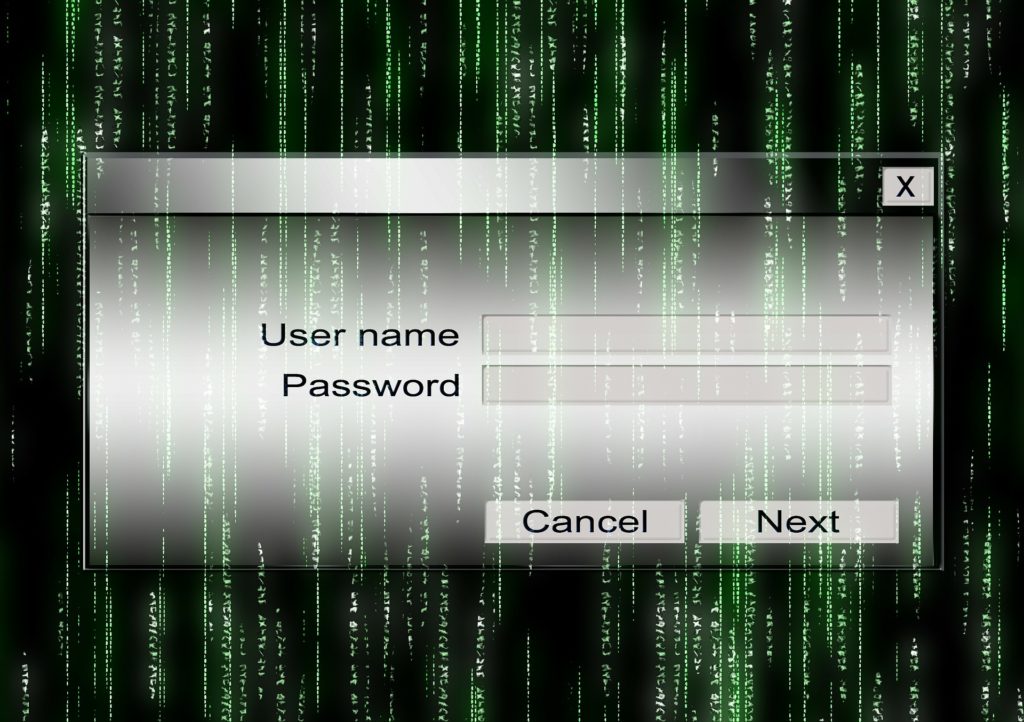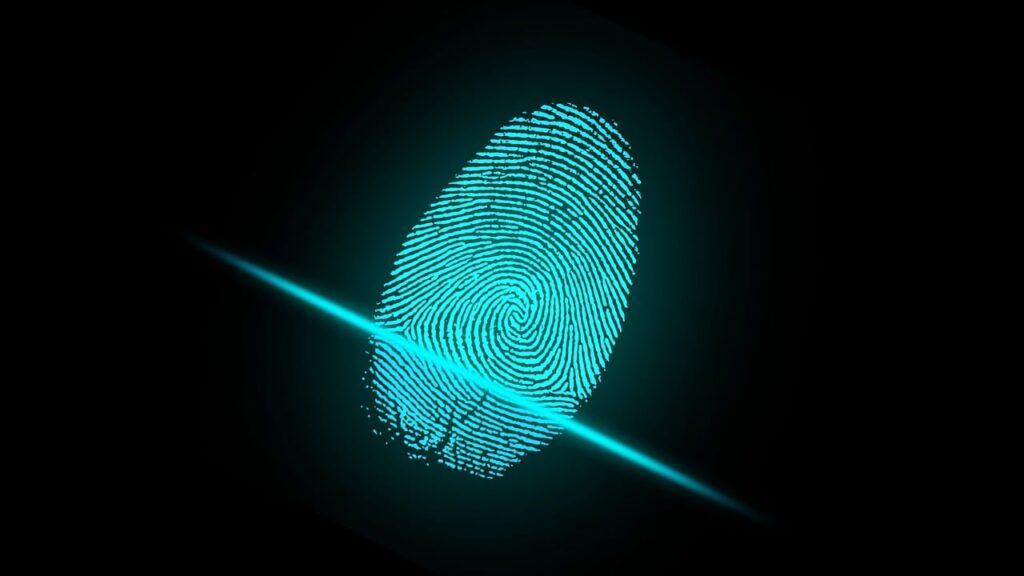When you want to protect your data, one of the first things you think of is passwords. But with the digital world changing, are passwords becoming ineffective?
Think about your own data security. What kind of password user are you?
- One password for every online account
- A separate password for all your accounts … but you store them all together in the same document
These are not the most secure ways to protect your personal information. But unfortunately, they are the most popular.
As the number of reported data breaches continues to grow, the modern-day consumer is becoming more aware of the risks they face when giving companies their valuable personally identifiable information (PII). In fact, data from 2018 tells us:
- Almost 33 percent of users have abandoned a transaction with a company due to privacy concerns.
- Over 90 percent of internet users have concerns about the security of their data.
- 74 percent of consumers have restricted their internet use to limit the availability of their personal data.
Despite these statistics, it’s unlikely that consumers will change their password management habits. So, what can companies do to make sure that they are doing their part to secure customer data? Simple, employ new—and better—authentication technologies.
- Multi-factor authentication allows customers to verify their identity through a two-step process with their phone or authenticator app.
- Risk-based authentication uses profile rules such as location or device to confirm identity.
- Biometric authentication uses tools such as TouchID to authenticate via a fingerprint, or FaceID to authenticate via a face scan.
These technologies give companies the chance to focus on customer experience.
Take a look at the infographic below shared by LoginRadius a customer identity and access management platform for Enterprises. In this infographic, you will learn:
- The challenges of password management in a world where “123456” is a consumer favorite
- Why passwords don’t work for the “sharing” generation
- New authentication technologies that can be used for an extra layer of security
 br />
br />
- The Death of Passwords - March 9, 2019




If we seek to address the problem then I suggest the solution is the thing. https://andreae.com/2019/03/04/authentication-trust-identity-and-identification/
And other blogs at andreae.com/blog
Is there anything I can do if my identity was stolen since Hurricane Katrina but I didn’t realize it til Oct. 2016 . I got the book put out by the government & did everything it said to do but after everything about me is out there ( over 300 sites – just on google) What can I really do ?
The ‘flaws’ of passwords described are nothing more than poor user conduct, not inherent weakeness of passwords.
It’s like saying people shouldn’t lock their houses because they might leave their keys under the mat. The answer is not to outsource your house security, or add more and fancier locks, it’s to not leave keys under mats.
The article is correct to point out the flaws of re-using passwords, using common or easy passwords, etc. Equally naieve is the use of ‘password manager’ tools — sure, trust some website with all your accounts and credentials, what could possibly go wrong?
Like most things, laziness and folly are the problem, not passwords themselves. Best advice: use long passwords without repeating sequences and not all dictionary words. Over 40 characters for high value assets, and don’t put all your eggs in one basket.